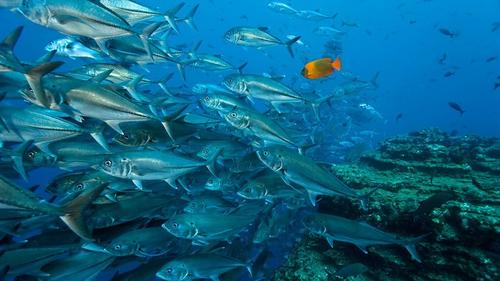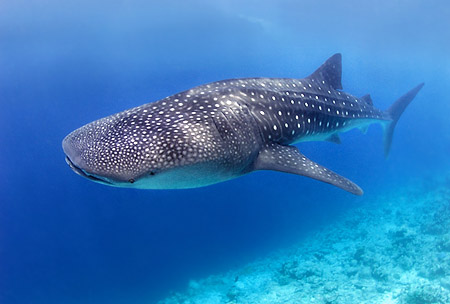The United Nations have reached a historic agreement that aims to protect 30% of the world’s international waters by 2030. Currently, all countries have a right to fish, ship, and do research in areas known as the High Seas, yet only 1.2% of those waters are currently protected. This tiny percentage of protection stems back to a forty-year-old treaty that was signed in 1982. Any marine life outside of that protection is at risk from overfishing, climate change, and deep-sea mining.
The latest agreement to protect 30% of the High Seas has finally crossed the line after 10 years of negotiations and 38 hours of talks at the weekend at the UN headquarters in New York. The agreement has been held up for so long because of disagreements from member countries over funding, fishing rights, and if any important findings like possible cancer treatments would be shared out equally to poorer countries if discovered in international waters.
The new protected areas will put limits on how much fishing can take place, the routes of shipping lanes, and exploration activities like deep sea mining – when minerals are taken from a sea bed 200m or more below the surface. Environmental groups have been concerned that mining processes could disturb animal breeding grounds, create noise pollution and be toxic to marine life.
The International Seabed Authority told the BBC that “any future activity in the deep seabed will be subject to strict environmental regulations and oversight to ensure that they are carried out sustainably and responsibly”.

Nearly 10% of global marine species are at risk of extinction according to the IUCN, but the new protection will put limits on fishing, shipping lanes, and deep-sea mining.
“This is a historic day for conservation and a sign that in a divided world, protecting nature and people can triumph over geopolitics,” said Greenpeace oceans campaigner Laura Mellor “putting aside differences and delivering a treaty that will let us protect the oceans, build our resilience to climate change and safeguard the lives and livelihoods of billions of people”.
Around 230,000 species have been discovered in the oceans so far, yet there are estimated to be nearly ten times that amount of marine species, at two million. The agreement must now be formally adopted by member countries before the real work starts on how to police it. But going from a pitiful 1.2 up to 30% protection in the next seven years is a huge triumph for marine conservation and the planet as a whole.



